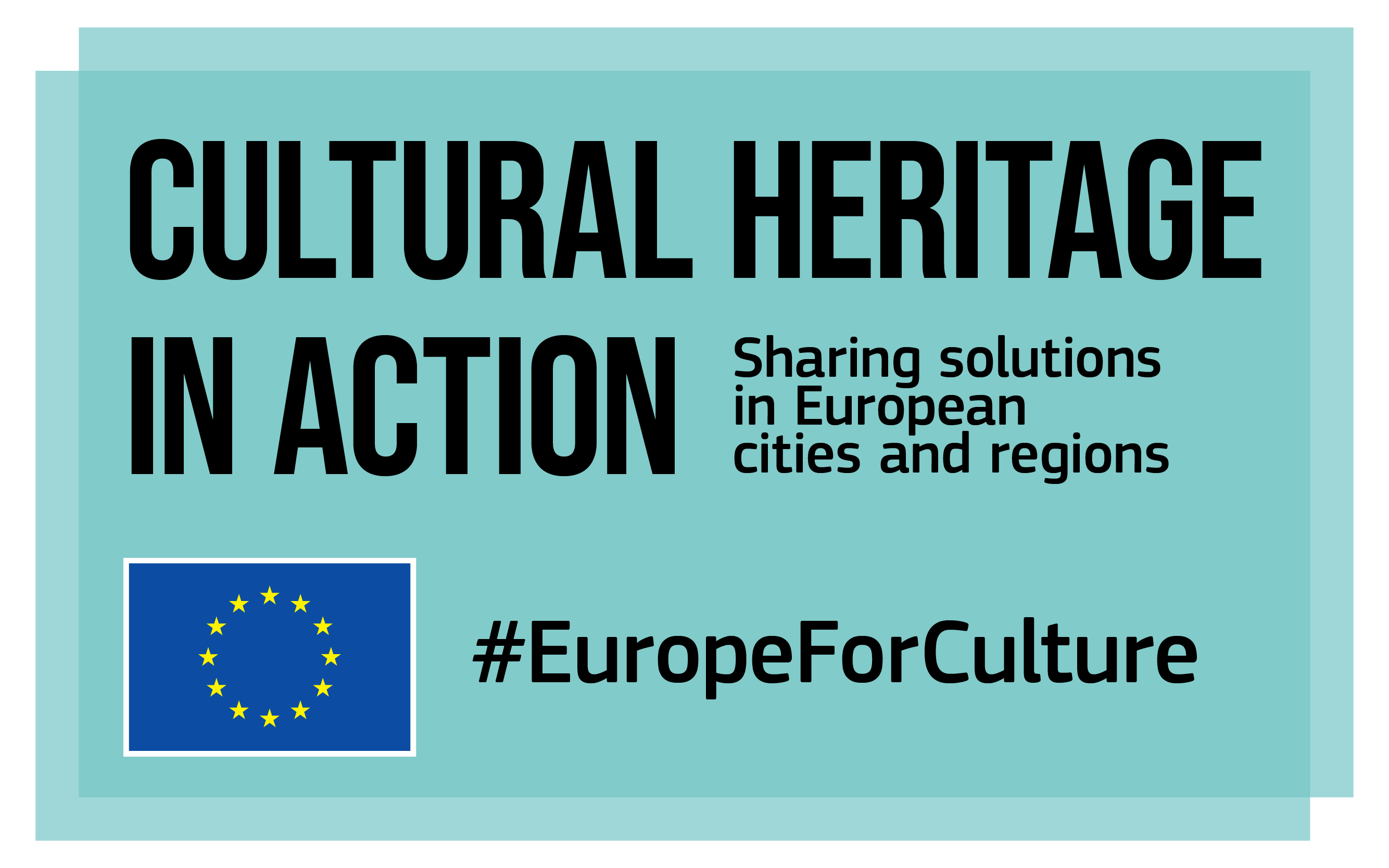Size and population development
Nantes is the sixth largest city in France. The city covers an area of 65.2 km2 and in 2017 recorded a population of 303,346 with a population density of 4,819 people per km2.
Population composition
The 2017 data showed that the population of Nantes is comprised of 52.2% female and 47.8% male. The 0-17 age group is recorded at 19.2%, 18-64 at 66.5% and 65+ at 14.4%. 92.1% of the population were born in France and 7.9% come from other countries. Nantes is historically a Catholic city, with one cathedral, two basilicas and approximately 40 churches and 20 chapels. However, since the 1970s, church attendance has waned due of the rise of atheism and secularism. The city is part of the territory of the langues d’oil, a dialect continuum which stretches across northern France and includes standard French. The local dialect in Nantes is Gallo and spoken by some citizens in Upper Brittany. Source: citypopulation.de
Main functions
The city of Nantes is situated at the head of the estuary of the Loire River in north-western France. Nantes has over 100 public parks, gardens and squares covering 220 hectares. Natural green areas cover a further 180 hectares and include the petite Amazonie (a Natura 2000 protected forest) and several woods, meadows and marshes. Green space (public and private) makes up 41 percent of Nantes' area. In 2007, the city adopted an ecological framework to reduce greenhouse gasses and promote energy transition. Three eco-districts were developed to provide affordable, ecological housing and counter urban sprawl by redeveloping neglected areas of the city. In 2013 Nantes received the European Green Capital Award with the European Commission acknowledging the city's efforts to reduce air pollution and CO2 emissions, its high-quality and well-managed public transport system and its biodiversity, with 3,366 hectares of green space and several protected Natura 2000 areas.
Main industries / business
The city of Nantes has multiple economic resources that make it the economic hub of the western France. The 5 main sectors of economic activity are: agri-food, engineering, aeronautics, composites, and tourism. The Nantes region is France's largest food producer, and the city has recently become a hub of innovation in food security. Nantes is France's second-largest centre for aeronautics. The European company Airbus produces its fleet's wingboxes and radomes in Nantes, employing about 2,000 people. Nantes is the 7th most touristic French city. Nantes favours mainly the tertiary sector and new technologies to expand its economy, in particular the areas of ICT and health are growing rapidly. Source INSEE (French National Institute of Statistics and Economic Studies)
Sources for city budget
The City of Nantes draws its budget for public expenditure largely from taxes, federal transfers, fees, fines and operating revenues.
Political structure
Nantes is the préfecture (capital city) of the Loire-Atlantique département and the Pays de la Loire région. It is the residence of a région and département prefect and local representatives of the French government. Nantes is also the meeting place of the region and department councils, two elected political bodies.
Administrative structure
The city is administered by a mayor and council who are elected every six years. The council has 65 councillors. Since 1995 Nantes has been divided into 11 quartiers (neighbourhoods), each with an advisory committee and administrative agents. City-council members are appointed to each quartier to consult with the local committees. The neighbourhood committees, existing primarily to facilitate dialogue between citizens and the local government, meet twice a year.



